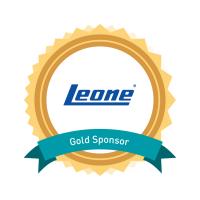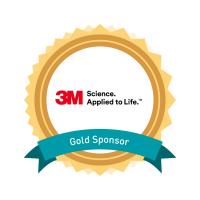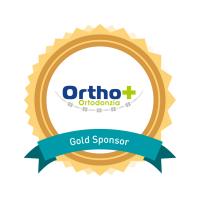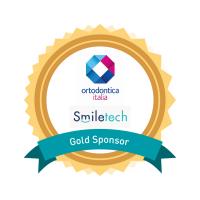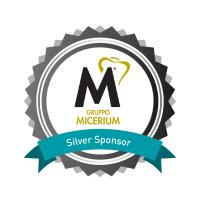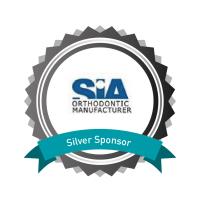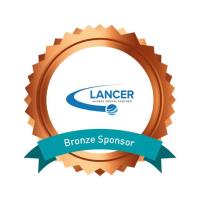Abstract
Determinate Mechanics for Efficient Correction of Malocclusion
by Roberts W. Eugene
Efficient orthodontics reverses the etiology of malocclusion with determinate (predictable) mechanics. Mechanical loads applied to two abutments such as lower molars (L6s), segments, arches or temporary skeletal anchorage devices (TSADs) are determinate (predictable). Alignment of multiple teeth with fixed appliances or aligners is indeterminate. Malocclusion incidence is ~60%, and etiology is >90% environmental, so common malocclusions are preventable. All children should be evaluated by about age 6yr for common etiologic factors like pernicious habits, airway problems, missing teeth, and molar-incisor hypomineralization. Neglect of etiologic factors results in severe malocclusions after age 12yr requiring undesirable treatment options like extractions, extensive intermaxillary mechanics, TSADs, and/or surgery. Comprehensive treatment of adults is typically appliance-driven alignment unrelated to etiology. Inherently indeterminate mechanics depends on the mechanical properties (resilience) of archwires and/or aligner materials. Achieving optimal outcomes requires bracket repositioning, archwire adjustments, and remakes of aligners. Reversing developmental etiology with an early determinate approach is far more efficient than the compromise of indeterminate mechanics later. Both aligner and fixed appliance options for aligning the dentition after 12yr are improved with early diagnosis (6-8yr), control of crowding, correction of habits, and full eruption of the dentition. Space management and arch coordination are managed via a lower lingual arch (LLA) with omega loops mesial to the L6s. An upside down LLA is an upper transpalatal arch (UTA) with a horseshoe configuration that connects the upper first molars (U6s). All adjustments to the LLA and UTA are determinate because there are only two abutments. Once buccal segments have fully erupted, indeterminate alignment is rapidly achieved with aligners or laser-tempered CuNiTi archwires. Intermaxillary discrepancies are then resolved with determinate mechanics applied to the arches as rigid segments. Extra-alveolar, TSAD- anchored loads are effective for resolving skeletal malocclusion in 3D. An entire arch is moved like a large multi-rooted tooth, so the compressive stress in the periodontal ligament is below the necrotic threshold (8-10kPa) resulting in rapid tooth movement (up to 1mm/mo) with minimal root resorption. Determinate mechanics is the scientific horizon for modern orthodontics.
Learning Objectives
After this lecture, you will be able to distinguish between determinate and indeterminate mechanics in orthodontics.
After this lecture, you will be able to evaluate the etiology of a malocclusion as the basis for treatment.
After this lecture, you will be able to utilize determinate mechanics for early treatment and resolution of severe skeletal malocclusion in adults.









